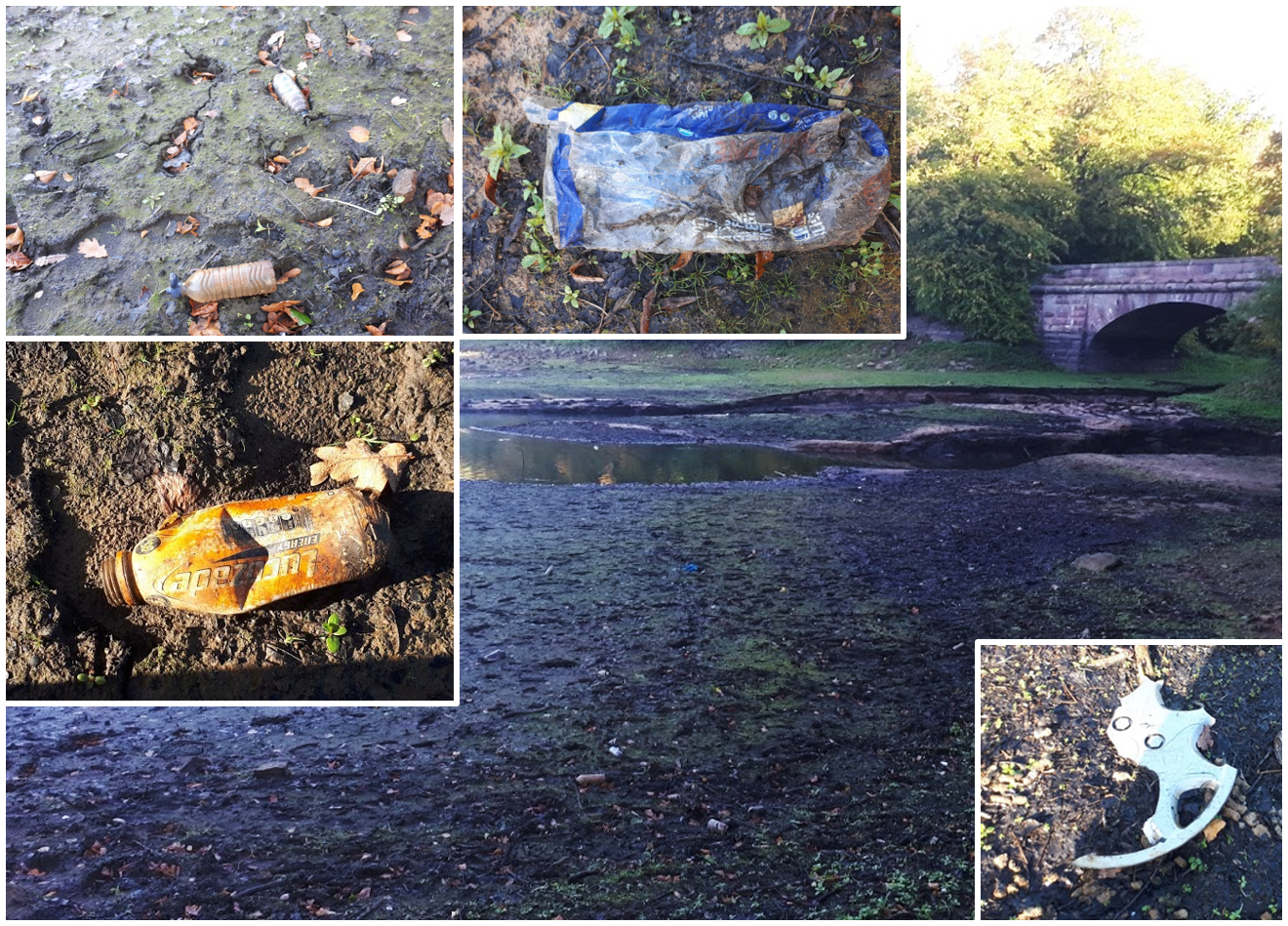
November 21, 2018, by lzzeb
The macro problem of a ‘micro’ pollutant
Tom Stanton, PhD researcher in the School of Geography and Faculty of Engineering, outlines his research on microplastics.
From the upstream reaches of rivers to the remote Arctic, microplastic pollution persists throughout aquatic environments. All smaller than 5 mm – that’s about the size of the stud on top of a Lego brick – microplastic particles can block and abrade the digestive tract of any organism that ingests them, and trick organisms that have eaten them into thinking they are full when they are not. There are also numerous chemical consequences of microplastic pollution that are still being unravelled.
Sources of microplastic particles are varied and include the cosmetic products and plastic nurdles – the feedstock of the plastic industry – that have received a lot of media attention. But the majority come from the breakdown of larger plastic items, such as fibres from synthetic clothing, rubber from worn tyres, and the gradual degradation of any piece of plastic that finds itself in the environment.
Our work in the School of Geography and Faculty of Engineering has found microplastics across the Trent catchment, including near to its source, and the sources of two of the Trent’s tributaries: the River Leen and River Soar. We have even quantified the deposition of airborne microplastic particles, mostly synthetic fibres, on the roofs of buildings across our University Park, Jubilee and Sutton Bonington campuses. Here we collected atmospheric fallout on the roofs of the Trent, David Ross Sports Village, Si Yuan (Jubilee) and Barn (Sutton Bonington) buildings every two weeks over the period of a year. Though we (fortunately) did not find large quantities of microplastics in this analysis, those that we did find demonstrate the potential role of atmospheric transport in the dispersal of microplastic particles to even remote locations.
But despite microplastic particles being everywhere, plastic itself is not the environmental problem here. Society continues to be encouraged to live disposable lifestyles that are incompatible with the three Rs – Reduce, Reuse and Recycle – which we should live by wherever possible. As a result a fourth R – Replace – has been widely presented a false solution. The reality is that many plastic alternatives such as glass, aluminium or cotton have their own environmental and societal problems.
Plastic pollution is an extremely complex problem, but every piece of plastic that has been produced is still in the environment. So refill your bottle, reuse your coffee cups, and recycle everything that you can, because small changes in your day to day life will prevent centuries of environmental harm.
This blog is part of WasteNott – reducing single-use plastic waste across our campuses.
No comments yet, fill out a comment to be the first


Leave a Reply